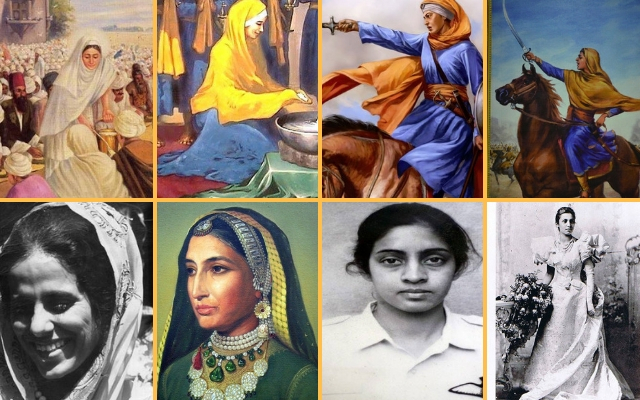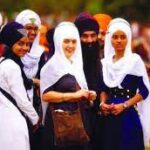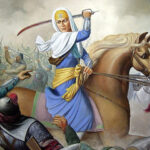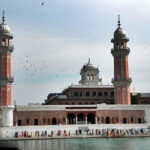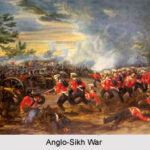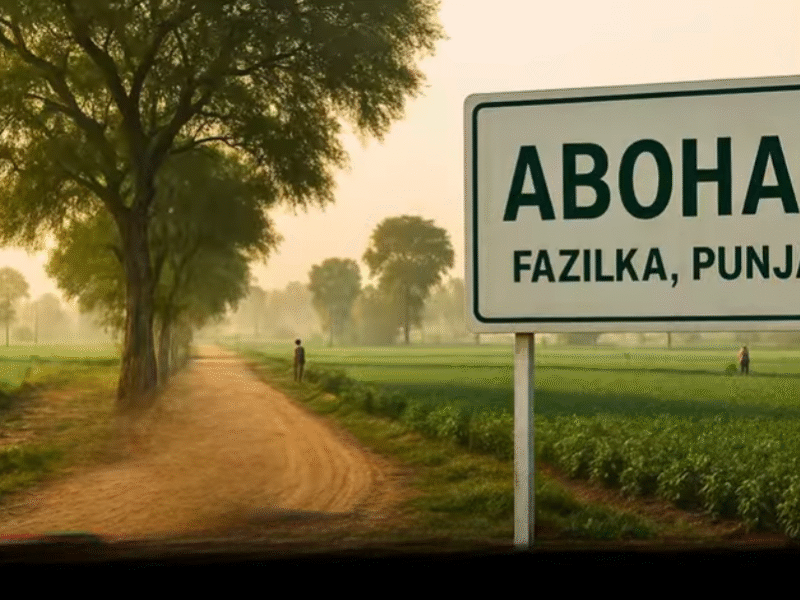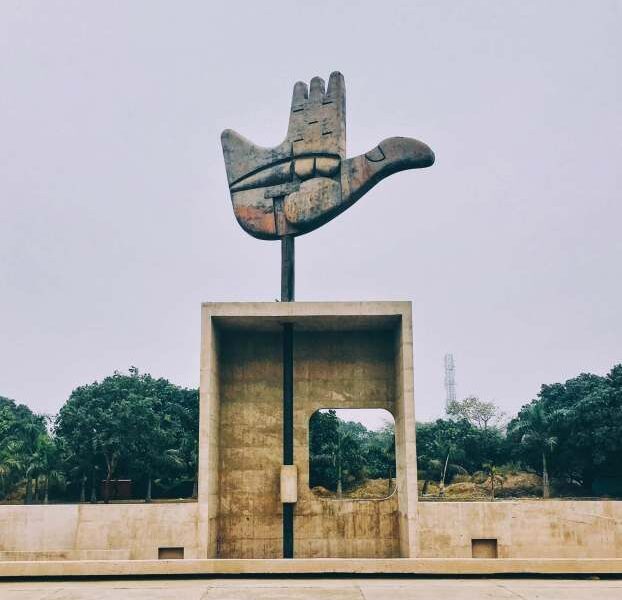Gulab Kaur, the Freedom Fighter (1890–1941)
Gulab Kaur and her husband, Man Singh, came from a poor background and hoped for a brighter future. So they traveled from Punjab, India, to Manila, Philippines, with the ultimate goal of emigrating to America. Gulab Kaur attended lectures by the Ghadar Party, an organization created by Punjabi Indians living overseas to liberate India from British rule. She was encouraged to join the movement and, disguised as a journalist and armed with a press card, she delivered weapons to Ghadar Party members. Gulab Kaur also persuaded others to join the Ghadar Party by distributing independent material and giving motivational lectures to Indian ship passengers. In the end, she was sentenced to two years in prison in Lahore for seditious acts.
Bibi Bhag Bhari, Bishop-Mayor (the late 1400s–early 1500s)
Bibi Bhag Bhari was among the first to hold a seat in Punjab, India’s Sikh administration system (Manji system). The Manji system was tasked by the Sikh Gurus with keeping the Sikh community strong and unified across Punjab. Bibi Bhag Bhari was designated Manji of Kashmir and was chosen for this job because Guru Amar Das believed she was completely familiar with the Sikh religion. She eventually served as a spiritual and political leader, since she was in charge of the Sikhs of Kashmir’s economic, religious, and social concerns.
Harita Kaur Deol, Air Force Pilot (1972–1996).
Harita Kaur Deol, from Chandigarh, Punjab, was one of the first seven women cadets inducted into the Indian Air Force as Short Service Commission (SSC) officers in 1993. She went on to become the Indian Air Force’s first female solo pilot. On September 2, 1994, at the age of 22, she took her first flight in an Avro HS-748. On December 25, 1996, she was killed in an aviation disaster in Nellore.
Mata Khivi, Soup Kitchen Master (1506–1582)
The concept of social justice and equality is central to Sikhism, as seen by the institution of langar, or the provision of free food to all. Langar was founded around 500 years ago, in part by a lady named Mata Khivi. She was Guru Angad Sahib’s (second Sikh Guru) wife, and she helped build a free kitchen that served food to everyone in their village. Mata Khivi is also mentioned in the Guru Granth Sahib (the Sikhs’ holy texts), where she is portrayed as a nice person, a devoted mother, and someone who provides shelter and protection to others. Every gurdwara (Sikh place of worship) in the globe today retains the custom of serving langar.
Mai Bhago, Warrior Body Guard (late 1600s–mid-1700s)
Born in the Indian state of Punjab Mai Bhago embodied a diverse set of abilities and characteristics. She not only acquired the art of homemaking, but she also learned the art of battle at a young age. Her mother trained her to cook, embroider, and run the home, while her father taught her hand-to-hand combat, martial arts, archery, gatka (Sikh swordsmanship), and horseback. Her abilities and leadership came in handy when she led 40 troops who had recently abandoned the Sikh army back into the fight against the invading Mughals in 1705. She then went on to become Guru Gobind Singh’s bodyguard (the 10th prophet of the Sikhs).
Sahib Kaur, the Spiritual Mother (1681–1747)
Mata Sahib Kaur joined Guru Gobind Singh’s Court to devote her life to social justice and community service. She would help him serve langar, fight wars, and sing hymns. Because of her devotion to the Sikh path, Guru Gobind Singh urged her to play a significant role in the creation of an order of initiated Sikhs (Khalsa) in 1699. She was famed for adding sugar to the Amrit (nectar of initiation) that he and the other devoted Sikhs were supposed to consume. She is still known as the “Mother of the Khalsa.”
Sada Kaur, the Military Mastermind (1762–1832)
Sada Kaur was a military genius. She was born into a governing family in Punjab, India, and rose to command the Kanhaiya Misl (a region of Punjab) and the allegiance of its 8,000 cavalry troops. She was regarded as a poised and clever leader, and she collaborated with her son-in-law, Ranjit Singh, to unite Punjab into a single nation-state. She accomplished this by leading armies into war and negotiating at diplomatic tables. Punjab eventually came unified under their leadership, with Ranjit Singh becoming Maharaja (King) and her serving as Regent of Punjab.

Maharani Jind Kaur, the Insurgent Queen (1817–1863)
Maharaja Ranjit Singh married Maharani Jind Kaur. When her son, Duleep Singh, took power at the age of five, she acted as his regent and ruled Punjab on his behalf. She recreated the Khalsa Supreme Council and restored the balance of power between the army and the civil administration. The British conquered Punjab after the Sikhs lost the Anglo-Sikh Wars, imprisoned and banished Jind Kaur, and separated her from Duleep Singh, claiming she was still attempting to reestablish the Sikh dynasty. She escaped from prison by disguising herself as a servant. She then traveled 800 kilometers to find refuge in Nepal before arriving in England, where she was reunited with Duleep. Unfortunately, she never regained the Sikh Kingdom.
Princess Sophia Duleep Kaur Singh, Suffragette Militant (1876–1948)
Princess Sophia Duleep Kaur Singh was the goddaughter of Queen Victoria and the granddaughter of Maharaja Ranjit Singh, the last King of Punjab. While living in England, she joined the Women’s Tax Resistance League and defiantly refused to pay taxes to fight for women’s suffrage. She was also the President of the Suffragette Fellowship’s Committee. Her outspoken activity even got her embroiled in a riot in November 1910, when she co-led a march to Parliament that concluded in a conflict with the police.
Inderjit Kaur, the Renaissance Woman (1923–)
Inderjit Kaur has many successes to her name as a social worker, lecturer, administrator, and foreign ambassador. During India’s partition in 1947, she managed an initiative that rehabilitated over 400 refugee households. In Patiala, she also established the Mata Sahib Kaur Dal School for the children of these refugees. Inderjit believed in a fully-rounded education and organized self-defense and shooting training for the ladies of these camps, as well as establishing a dancing troupe at her institution. Inderjit Kaur was one of the first women in Punjab to receive a Master’s degree, and she later became the only woman on the governing council of Khalsa College in Amritsar.
